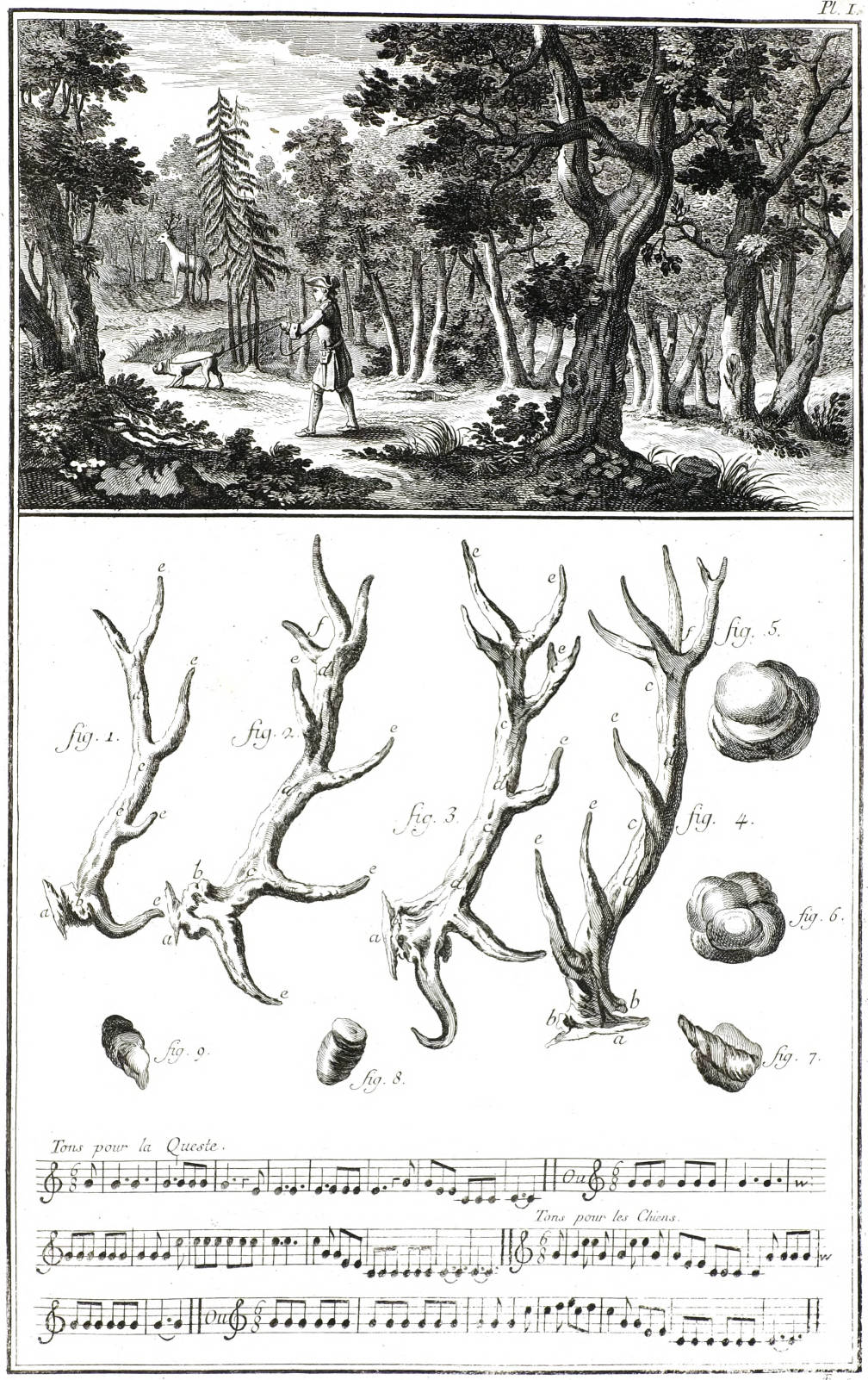This sounds apocryphal, but it’s interesting. According to Texas lore, John Higginson, owner of the Memphis, El Paso & Pacific Railroad, faced a problem in the 1860s. He had committed to serve the route between Marshall, Texas, and Shreveport, La., but the Civil War had reduced his stock to three boxcars. How could he maintain regular service between two cities 40 miles apart with no engine?
He did it (the story goes) by loading a team of oxen into the first boxcar; freight and passengers into the second car; and the train’s crew and management into the third car. At Marshall, Higginson would start the train coasting down a long descending grade, and at the bottom they’d unload the oxen, hitch them to the front of the train, and drive them until they reached the top of the next hill. Then they’d load the oxen into the first car again and ride down the hill. At Shreveport they’d turn around and use the same method to get home.
In The Humor and Drama of Early Texas (2002), George U. Hubbard writes, “With gravity for the downgrades and oxen for the level areas and the upgrades, the little railroad managed to operate in both directions on a timely and consistent schedule.” With no competition on the Marshall-Shreveport line, Higginson (supposedly) maintained a profitable railroad with no engine at all.
Hubbard cites B.A. Botkin’s A Treasury of Railroad Folklore, from 1953. I find that the Southwestern Historical Quarterly ran an item giving essentially the same details in the early 1950s, citing a Texas newspaper of 1918, and Railway World mentioned it in 1911, quoting the Fort Worth Record (which calls it an “old railroad story”). I can’t find any corroboration beyond that. Good story, though!




